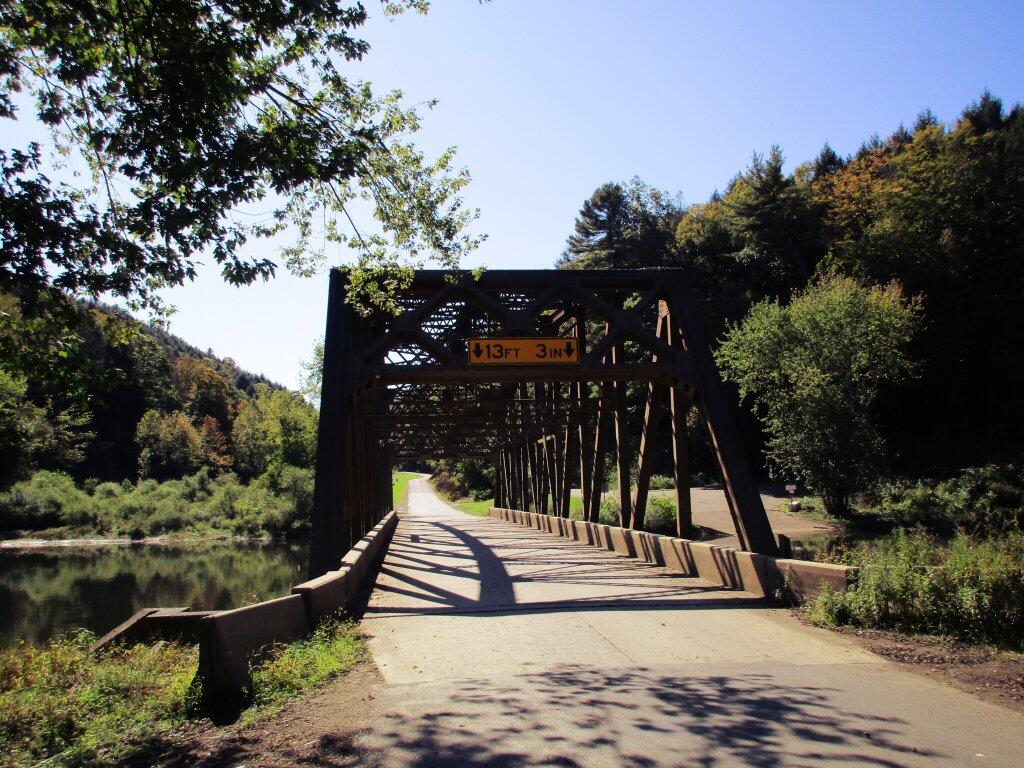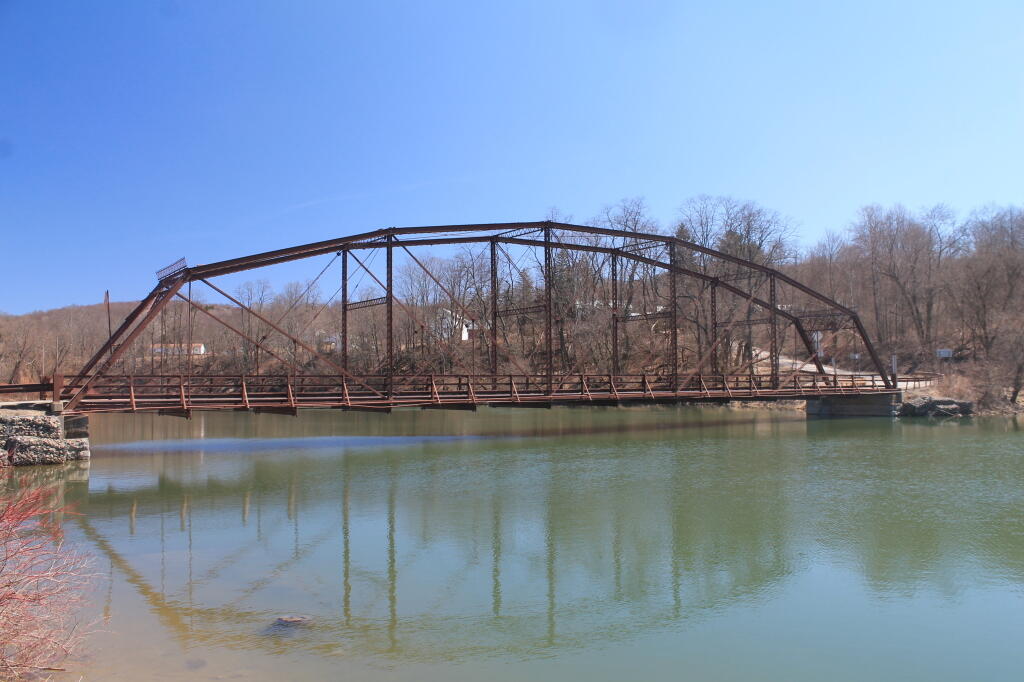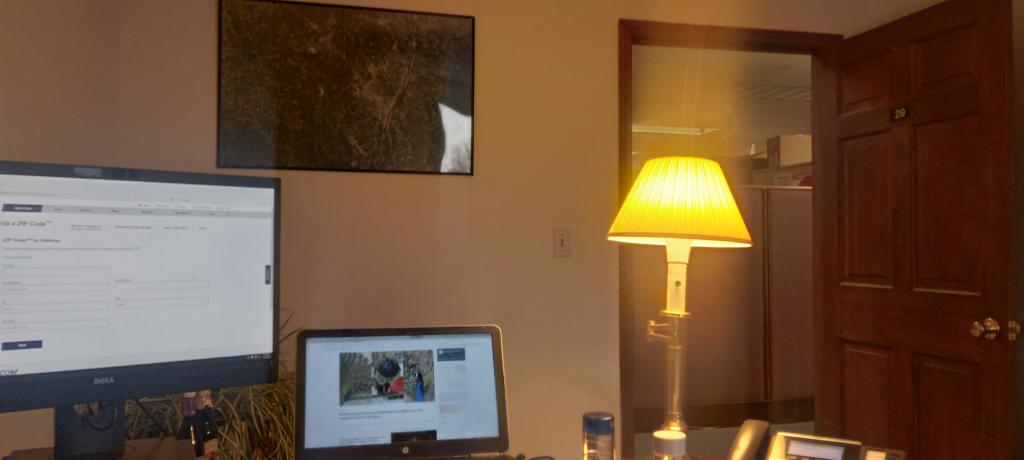Experiences
I’m not so set on X … 🦤
When I say I am considering various options, be it for housing or other choices in life, people often assume that because I’m considering option “X”, I have already decided option “X” it ill be.
The thing is when I’m undecided, I am undecided. If I dwell on an idea for a longer period of time, then I’m more like to choose that option, because I find that option more interesting and worthwhile. Often my earliest notions end up being the best option that I choose to go with, but that is not necessarily true. I like to take my time, evaluate all the facts and think carefully what I value most, even if it’s different from what you think is important.
Headphones in the woods
I used to listen 👂 to headphones a lot when walking in woods. Nowadays I rarely do. I prefer to walk slowly, stop a lot, look around and listen. There is so much to see and hear in the woods. 🐦
Why I prefer frozen fruit over candy and chips 🍓🍇
The past few years, I’ve been buying a lot of frozen fruit when I go grocery shopping. I really like the bulk bags of frozen fruit you can get at a place like Walmart and some other groceries stores that have 2-4 pounds of frozen fruit in the bag. Not only is frozen fruit good on waffles and pancakes for breakfast, it makes an excellent snack, and is very economical compared to ice cream, chips, candy and cookies.
I saw an advertisement for some kind of bulk junk food supplier the other day on Facebook and had to cringe. Not only was it relatively to expensive to buy those big boxes of junk food, I just saw all the packaging and trash they entailed compared to a single lightweight plastic wrapper around the bulk frozen fruit. And I couldn’t imagine that they would last nearly as frozen fruit, which the only part that has ever gone to waste is the occasional blueberry or strawberry chip that I dropped on the floor and was stepped on or otherwise too disgusting to eat.
Fresh fruit might be slightly tastier then frozen, but it tends to be a lot more expensive and a lot more goes to waste due to spoilage. Frozen fruit never spoils. And fresh fruit tends to be a lot more packaged, meaning a lot more trash. Maybe if I lived out in the country and had hogs, chickens and acreage where I could feed or compost the waste and burn the packaging, I’d feel different, but I generally avoid fresh fruit unless I get it at a farm stand in the summer and it eat up in woods where frozen goods can’t be kept frozen.
The Bridges That Go Underwater 🌉
Nebraska Bridge
Nebraska Bridge is behind the Tionesta Storm Control Reservoir. Built before the reservoir. When water levels are high like in the spring, the bridge is submerged. As there is little current there, as it’s behind the dam, the bridge just gets wet and covered with branches sometimes. Water level drops, bridge reopens. Happened hundreds of times since dam built in 1940. Bridge built in 1933.
Upper Lisle Bridge
There is a similar bridge on Whitney Point Reservoir in New York. Under water part of the year above water in the summer and dry spells. The Whitney Point submerged bridge dates back to the 1880s. With little current, the bridge is unharmed by the slow rise and fall of water around it.
Work From Home Data Shows Who’s Fully Remote, Hybrid and in Person – The New York Times
The American workplace’s experiment with remote work happened, effectively, overnight: With the onset of the pandemic in March 2020, more than half of workers began working from home at least part of the time, according to Gallup. But the shift to a permanent hybrid-work reality has been gradual, with periods of tension as workers across white-collar industries pushed against executives’ return-to-office orders.
Those battles have largely come to an end, and workplaces have reached a new hybrid-work status quo. Roughly one-tenth of workers are cobbling together a combination of work in the office and from home, and a similar portion are working entirely remotely.
This population of hybrid and remote workers in the United States doesn’t quite mirror the larger population of workers: Government data shows they tend to have more education and are more often white and Asian.


